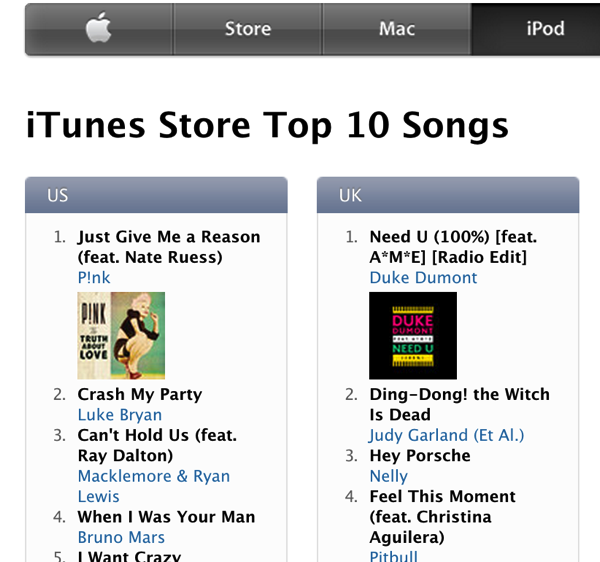I debated whether to include this one, as it’s a slim little tome, but it’s still worth commenting on. The book takes the form of several short articles covering the cycling — what, in the author’s view, is important and what’s not. The central message is in the title: Just ride a bike. No argument there.
Petersen is seen by some as (somewhat) responsible for the return of well-made steel bicycles, among other things. After a career with the Japanese firm Bridgestone (though you probably know them better from tires, they made excellent bikes, too), he struck out on his own with the generally well-regarded Rivendell Bicycle Works, which has been quite successful. A glance at his bike prices may give you a hint why; they’re all very, very expensive. I’m sure they’re very nice, too, but I’ve only ever seen one in the “wild”.
Petersen’s list of things worth ignoring when it comes to biking is long and very idiosyncratic. One review referred to him as biking’s philosopher crank, and that’s pretty fair. Petersen is down on helmets, on clip-in pedals, on athletic/technical clothing (which only means he’s never ridden in the South), on riding predictably, on good cadence, etc., etc., etc. All this rises from something I call the unearned certainty of the autodidact — a weird sort of know-it-all position taken by someone who mistakes their own experience for universal truth, especially when that experience is coupled with a personality that makes one certain of one’s own brilliance. Petersen allows this to color his reasoning and make assertions that are at best tenuously supported by cherry-picked facts.
But that doesn’t mean he’s always wrong. And in fact I hope at least some of the time he’s saying crazy crap to provoke discussion and not because he believes it wholeheartedly.
One area where Petersen and I completely agree is his recognition that race culture has damaged regular-joe biking. Twenty or thirty years ago, racing bikes were absolutely better in all ways than the bikes ridden by normal humans, but somewhere along the line specialization pushed those bikes into completely unsustainable places. As a result, the bikes that the Armstrongs of the world ride are nervous, twitchy, and fragile creatures that withstand the punishing conditions of a multiday race more or less ONLY because the teams have mechanics and spares on hand. They’re all made of carbon fiber, too, which has a pretty dreadful failure mode when compared to metal frames.
But walk into any bike shop, and 99% of what’s for sale that isn’t a low-end comfort bike is basically a racing bike, made of aluminum at the low end (which has a TERRIBLE ride) and carbon from $1800-2000 on up. Carbon’s more comfy, but see above re: failure modes. These bikes typically have no attachment points for everyday niceties like racks, either — it’s all weight-weenies all the time, which is sort of like a car dealership only carrying 2 seaters. Most people who walk into a bike shop don’t want or need a race bike; they are Unracers, as Petersen calls them. But there’s very little above the entry level for these folks in most shops. That’s a problem.
When I was shopping for my bike, I found literally nothing I wanted from either of the “big two” (Specialized and Trek), since even if they MAKE non-racer bikes that aren’t giant heavy comfort bikes, they don’t get stocked because they don’t sell as well. And they don’t sell as well because they’re not stocked. That’s bad. All you see are flat-bar hybrids and racers, so even if the shop can order something else for you, you may not even know something else is an option.
Rivendell makes steel bikes intended for broad use and customization, and they sell well. As I mentioned above, some say Petersen’s success is what made it possible for companies like Surly and Soma and others to make a living selling comfortable steel frames as well, and at a fraction of the cost of Petersen’s no-doubt awesome bikes. If true — and I can see how it might be — that’s an unalloyed good (no pun intended). Just like Petersen’s frames, my Surly has plenty of mount points; the frame could support a variety of build-outs, from true cyclocross to commuting to touring to whatever you want to do. No race bike from Specialized or Trek can say the same thing.
Anyway, this is running long. If you like biking, you should probably consider reading Just Ride, even if you’re sure you won’t agree with Petersen’s more outré pronouncements. His central message, which can get lost in his crankiness, is that biking is fun and you should do more of it, and not worry about the clothes or getting fast or any of the ancillary stuff.
In that, he and I agree completely.





